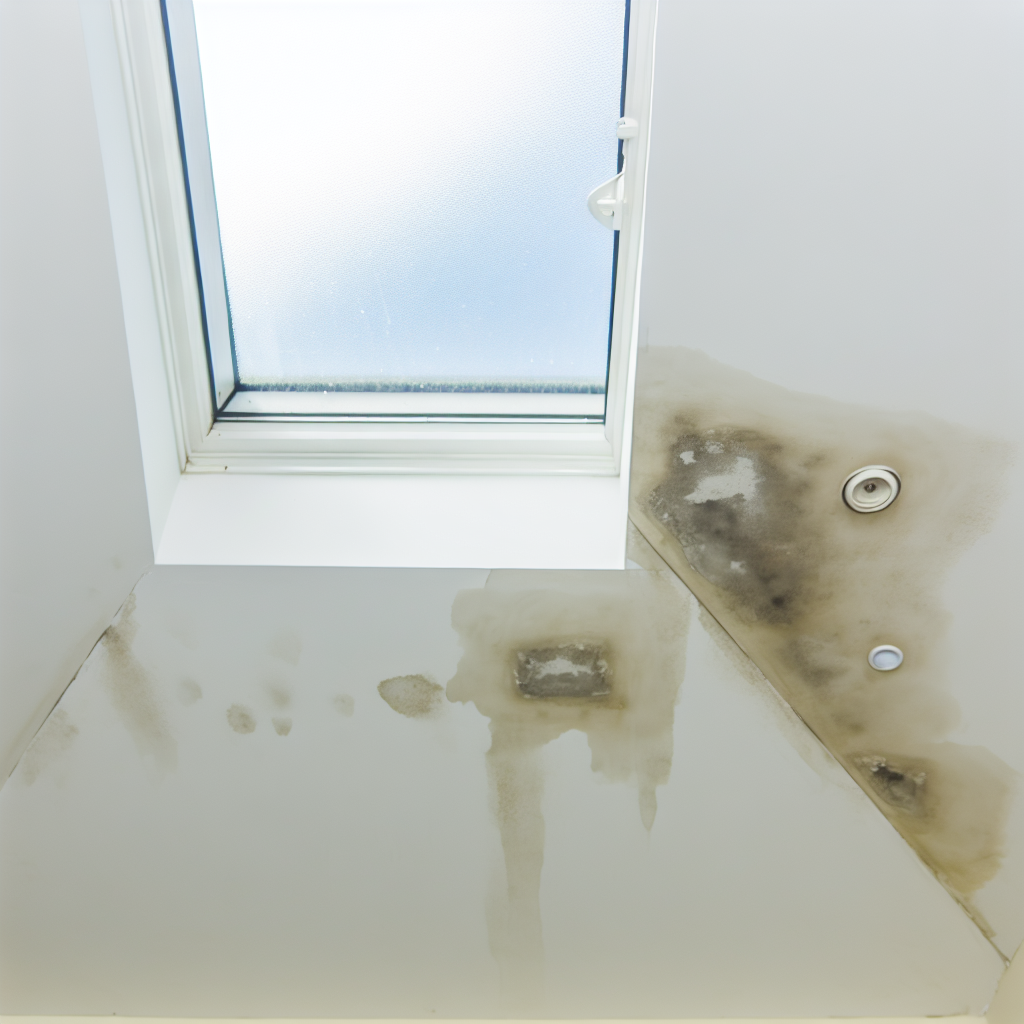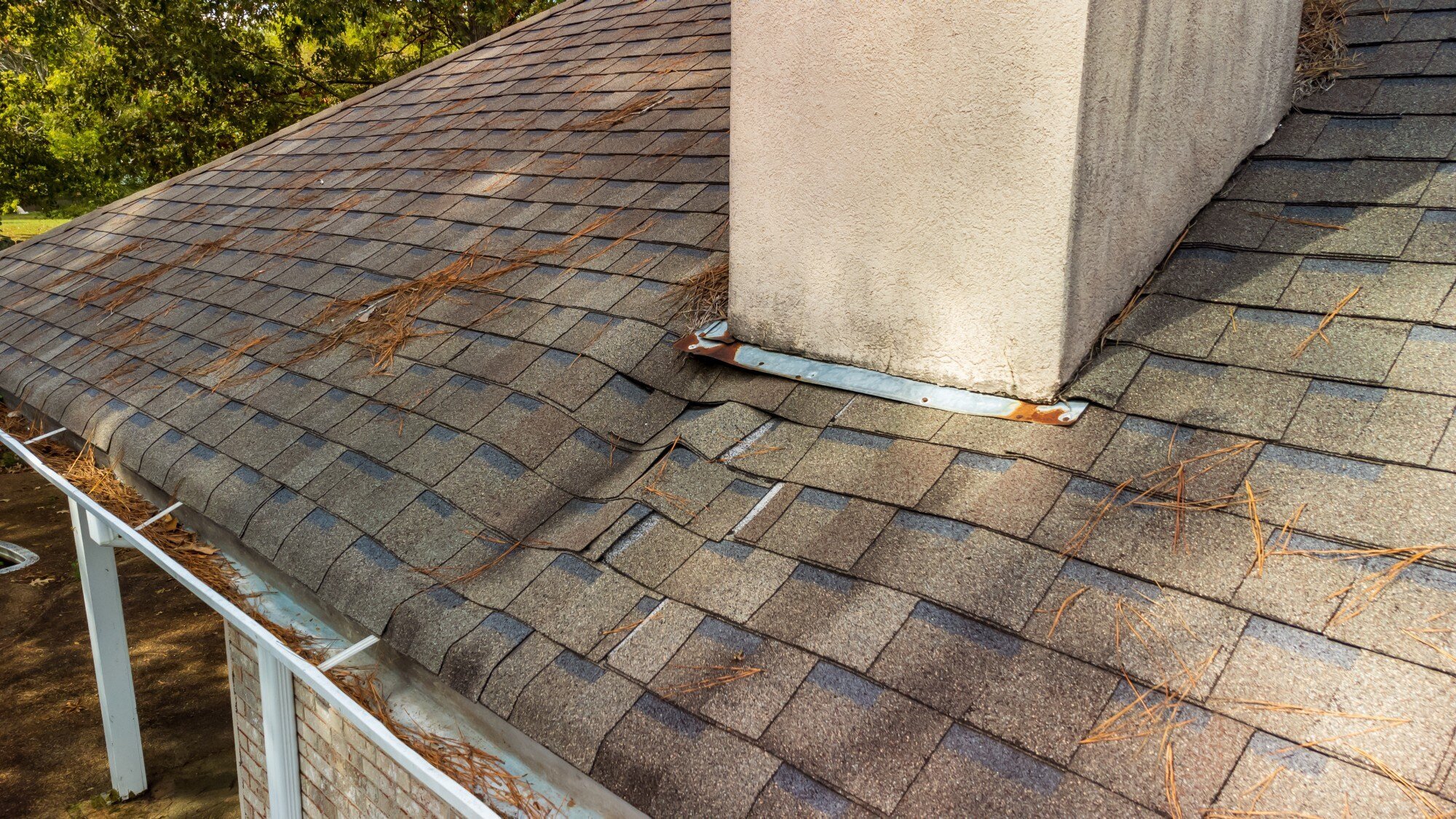Flashing Problems

Is your roof leaking? It might be due to flashing problems that can cause serious damage if left unchecked.
Understanding Roof Flashing: What It Is and Why It Matters
Roof flashing is an essential component in protecting your home from water damage. It is typically made from metal and serves to seal the joints and seams on your roof, especially around areas like chimneys, vents, and skylights. These are common points where water can penetrate if not properly sealed.
The importance of flashing cannot be overstated. Without it, water can seep into your home, leading to structural damage, mold growth, and other costly issues. Properly installed and maintained flashing ensures that these vulnerable points on your roof remain watertight.
Common Signs of Flashing Problems
Knowing the signs of flashing problems can help you spot issues before they become severe. One of the most apparent signs is water leaks around chimneys, vents, or skylights. If you notice water stains on your ceiling or walls in these areas, it's a clear indication that your flashing might be compromised.
Other signs include missing or loose pieces of flashing. If you can see gaps where the flashing should be tightly sealed, it's a problem that needs immediate attention. Rust or corrosion on the flashing is another red flag. These indicate that the metal is deteriorating and may no longer provide an effective seal.
Causes of Flashing Deterioration
Flashing can deteriorate for several reasons. Weather is a significant factor—exposure to the elements can cause metal flashing to corrode or rust over time. Temperature fluctuations can also lead to the expansion and contraction of the metal, which may cause it to become loose or cracked.
Another common cause is poor installation. If flashing is not installed correctly from the outset, it’s more likely to fail prematurely. Regular wear and tear, as well as physical damage from wind or debris, can also contribute to the deterioration of flashing.
Preventing Flashing Issues: Maintenance Tips
Preventing flashing problems starts with regular maintenance. Inspect your roof at least twice a year, focusing on areas where flashing is installed. Look for signs of rust, corrosion, or physical damage and address any issues immediately.
Cleaning your roof and gutters is another critical maintenance task. Debris can accumulate and hold moisture against the flashing, accelerating its deterioration. If you’re not comfortable performing these inspections yourself, consider hiring a professional to conduct regular roof maintenance.
When to Call a Professional Roofer
While some minor flashing issues can be addressed with DIY solutions, there are times when calling a professional roofer is the best course of action. If you notice significant water damage, extensive rust or corrosion, or large sections of missing flashing, it's time to seek professional help.
A professional roofer has the expertise and tools to properly assess and repair flashing issues, ensuring that your roof remains watertight and protected from future damage. Don’t hesitate to call a professional if you’re unsure about the extent of the problem or how to fix it.

